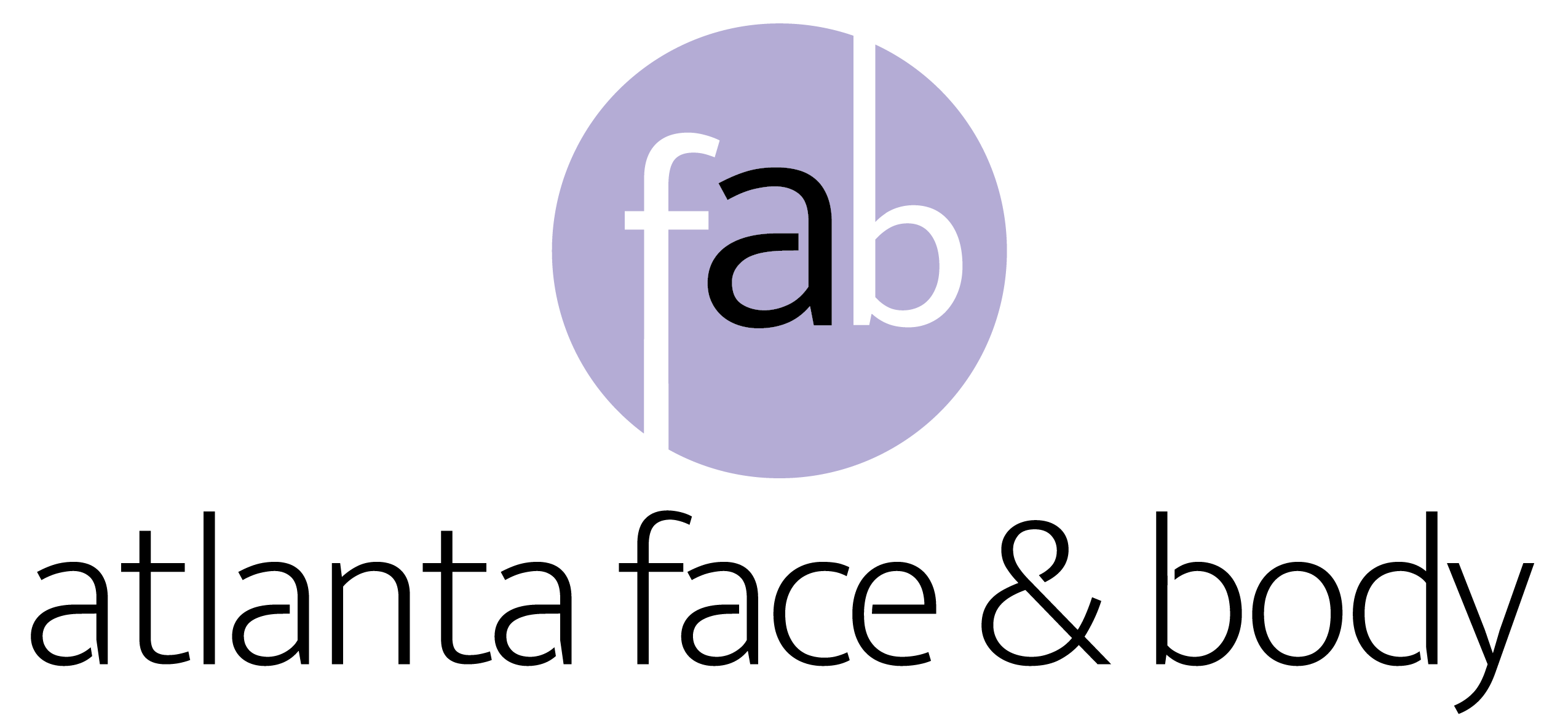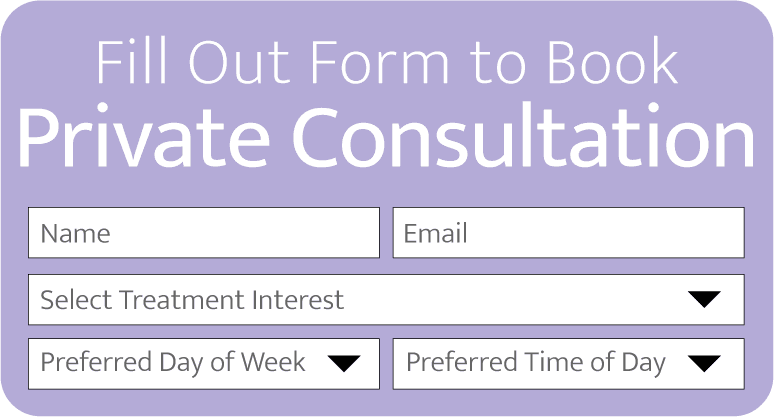As facelifts become more accessible (and less invasive in some cases), they’ve becoming one of the most popular cosmetic surgeries nationwide. And while the thought of a tighter, more youthful-looking face is enticing, it’s important to consider the recovery process.
Facelift recovery times vary depending on the individual and the extent of the procedure. For most patients, it can take several weeks to heal entirely and return to normal activities. However, with proper care and patience, you can typically return to your normal routine within about a week or so.
The best part? The results are usually well worth the wait. Knowing what to expect and how to speed up your recovery can make all the difference, though, which is why we’re about to walk you through typical facelift recovery time, the different stages of healing, and tips for a smooth recovery process.
Facelift Recovery Time
So, you’ve decided to go for a facelift. Understandably, you’re curious about what to expect during your recovery period. It’s important to note that there are two main types of facelifts: full facelifts and mini facelifts. Both are popular procedures, but they have different recovery timelines.
Full Facelifts
A full facelift addresses aging issues in the entire face, including:
- Sagging skin
- Jowls
- Wrinkles
The recovery period is longer than a mini facelift because it’s more invasive. Generally, it takes about two weeks for the initial recovery period, during which you’ll likely experience some discomfort. You may also be advised to wear bandages and splints around your face to help with recovery.
After the two weeks are up, your surgeon will likely remove stitches (if dissolvable sutures are not used), and then you’ll need to follow a strict recovery regimen between 6 to 8 weeks, depending on how quickly you heal. During this time, avoiding strenuous activity is important, as it can lead to swelling and bleeding.
Additionally, you may need to avoid smoking and alcohol to promote proper healing during your recovery. After about two to three months, you should notice the full results of your facelift surgery. This is when most patients report feeling 100% “back to normal.”
Mini Facelifts
A mini facelift, also known as a “weekend facelift,” is a less invasive procedure that focuses on resolving issues around the mid-face and chin. The recovery period is generally shorter and less intense than the full facelift procedure.
In most cases, individuals who opt for a mini facelift can return to normal activities within about a week. Nonetheless, it’s important to note that it’s vital to diligently follow post-operative instructions from your plastic surgeon. This means:
- Taking proper care of your incisions
- Keeping pressure off the area
- Avoiding strenuous activities that can interfere with healing
Whether you opt for a full or mini facelift, it’s essential to understand the recovery process before undergoing the procedure.
While a full facelift requires more recovery time than a mini facelift, both require a disciplined approach to promote proper healing. Don’t rush the process; follow your surgeon’s post-operative instructions to the letter to ensure the best possible outcome.
Facelift Recovery Time: Day-by-Day
Knowing facelift surgery takes roughly six to eight weeks to recover from fully is helpful. However, for most patients, we find it even more helpful to look at what they can expect during the facelift recovery time, day by day. While this breakdown isn’t intended to be a definitive guide, it can help give you an idea of average healing times.
Day 1-2
Immediately after your facelift procedure, you can expect discomfort, swelling, and bruising around the face and neck. Your surgeon may provide you with pain medication to manage any discomfort. You must also rest and keep your head elevated to reduce swelling. You’ll also need someone to drive you home from your appointment.
Day 3-5
As the days pass, you can expect the swelling to decrease gradually. You may be able to start walking around more comfortably and performing some daily activities with greater ease. However, you should still avoid any strenuous activity and follow your surgeon’s instructions for recovery.
Day 6-7
By the end of the first week, some of the stitches may be removed. You may still experience swelling and bruising, but you should notice a more enhanced contour and noticeable results. However, you should still avoid activities that can put unnecessary pressure on your face.
Day 8-10
As the second week begins, you should start feeling more comfortable and experience less swelling. You may be able to resume light activities (like grocery shopping or taking a brief walk) but should still avoid any heavy lifting or strenuous exercise.
Day 11-14
By the end of the second week, most swelling and bruising should have subsided. You should be able to return to lighter work duties, but remember that you should still avoid activities that directly affect the face and neck.
Day 15- 21
As the third week approaches, you should start to feel more like yourself. Activity levels can continue to increase, but avoid exercise that causes excessive sweating.
Day 22-28
By the end of the fourth week, any residual swelling or bruising should be significantly reduced. After the fourth week, you should be able to return to exercising and your normal daily activities.
Day 28-42
By now, you’re likely “back to normal” and can participate in regular activities, but you might have slight swelling that prevents you from seeing the full effects of your facelift. Be patient during this part of the recovery process, as the face you’re seeing in the mirror will likely still change a bit as you reach the six-week mark and begin to fully recover!
Day 42+
Little by little, you’ll notice the scars fade, and the puffiness go down. By about eight weeks, most patients fully recover, but some notice puffiness or other small side effects for a few months after the procedure. Don’t worry; this is normal.
What Affects Facelift Recovery Time?
As mentioned, not everybody experiences the same facelift recovery time, which varies according to the type of facelift procedure and the patient’s overall health. Here are some factors that can affect recovery time after facelift surgery.
Type of Facelift Procedure
Full and mini facelifts are generally the two main types of facelift surgeries. However, you’ll find several different types of procedures within those categories. The type of procedure used will depend on your facial structure and personal preferences.
The most common types of facelift procedures include:
- Full facelifts
- Mini facelifts
- Mid-face lift
- Brow lift
As mentioned, a full facelift is the most comprehensive facelift surgery. This means it involves more extensive incisions. The incisions will typically be made from the temple behind the ear and down to the lower scalp, which requires a longer healing time.
In contrast, a simpler brow lift involves a smaller incision, and the recovery time is generally shorter than that of a full facelift. This is simply due to the size of the incision and the amount of work done on the skin around the face.
Age and General Health
Age and overall health are vital in how quickly a patient recovers after a facelift. This is true of most surgery recovery times!
Older patients might take longer to heal after the procedure due to their bodies’ slower healing process. Similarly, patients with pre-existing medical conditions such as diabetes or high blood pressure may take longer to recover as well.
Younger patients typically have an advantage regarding plastic surgery, as their skin tends to be more elastic and adaptable. Therefore, they will generally have a shorter recovery time than older patients.
Lifestyle Factors
Lifestyle factors such as alcohol consumption and smoking can negatively impact recovery time. If you smoke, you’ll be encouraged to quit at least a month before your procedure, and you should also avoid smoking for at least a month post-surgery. Drinking alcohol can prolong the healing process as it dehydrates the body, making it more difficult to heal.
However, it’s not just about “negative” habits like smoking or drinking. A lack of sleep can also negatively impact recovery time, too. You need adequate rest for the first week after the procedure and avoid strenuous physical activity.
Facelift Recovery Tips
So, now you know the general facelift recovery times. While results can vary from patient to patient, it generally takes around two to three weeks for visible swelling and bruising to subside. By the fourth week, most people can return to their normal routine.
However, there are things you can do to speed up the process. Or, at the very least, there are things you can do to ensure you don’t accidentally make the process longer than it should be.
Listen to Your Surgeon’s Instructions
The most critical facelift recovery tip is to follow your surgeon’s instructions carefully. They’ll provide a personalized recovery plan, including specific post-operative care instructions and recommendations for:
- Activity levels
- Pain management
- Medication use
- Followup appointments
Following these instructions will help ensure as smooth and successful of a recovery as possible.
Take Proper Care of Incisions
Taking care of your incisions is essential to minimizing scarring and reducing the risk of infection. Keep the incision area clean and dry, and avoid touching or scratching the area. Your surgeon may recommend specific products to use on your incisions, such as sterile dressings or antibiotic ointments to prevent infection.
Manage Swelling and Bruising
Swelling and bruising are common after a facelift. And while typically inevitable, there are ways to manage them. Cold compresses can reduce swelling and bruising, and your surgeon may recommend specific medications to help control these symptoms. Also, sleeping on your back with your head elevated is important to help reduce swelling.
If you notice extreme swelling or severe bruising that appears suddenly, contact your surgeon immediately.
Take Time Off
After a facelift, you’ll need to take time off work and limit your physical activity, including exercise and strenuous tasks. You should avoid bending over and lifting heavy objects, as this can increase swelling and bruising.
Your surgeon will provide guidelines for when you can resume normal activities. This might depend on your job and what kinds of “normal” activities you participate in daily. If you’re a remote worker and sit at your desk for most of the day, you might be able to get back to work more quickly.
Stay Hydrated and Healthy
Staying hydrated and eating nutritious meals are essential during the recovery period. Proper hydration helps the body heal effectively and reduces the risk of infection, while a balanced diet provides the necessary nutrients for healing and recovery. Eating a diet high in protein can also help promote healing.
Protect Your Skin from the Sun
Finally, protecting your skin from the sun is essential during facelift recovery (and even when you’re not recovering from surgery; always wear sunscreen!). Sun exposure can cause hyperpigmentation and scarring, damaging the results of your facelift surgery. Always wear a broad-spectrum sunscreen with at least SPF 30 and avoid direct sunlight during peak hours.
Find the Right Surgeon
If you want to ensure a normal recovery from a facelift, finding the right surgeon is crucial. A skilled and experienced surgeon can ensure you get the desired results and help you recover faster and with fewer complications.
How so? The right surgeon will approach your procedure with the utmost care and precision. They’ll use the most appropriate techniques to help minimize scarring and post-operative discomfort. This means you should be able to recover faster and more comfortably, allowing you to get back to your normal routine more quickly.
Additionally, an experienced surgeon can identify and address any potential complications that may arise during the recovery process. By taking proactive measures, they can help ensure that you stay on track with your recovery timeline and that your results are as good as possible.
Get a Facelift
In summary, facelift recovery time varies from person to person, but most patients can expect to return to their normal routine within a few weeks.
If you’re considering facelift surgery in Atlanta, we invite you to explore procedures offered at Atlanta Face & Body and experience the benefits of renewed confidence and youthfulness!











